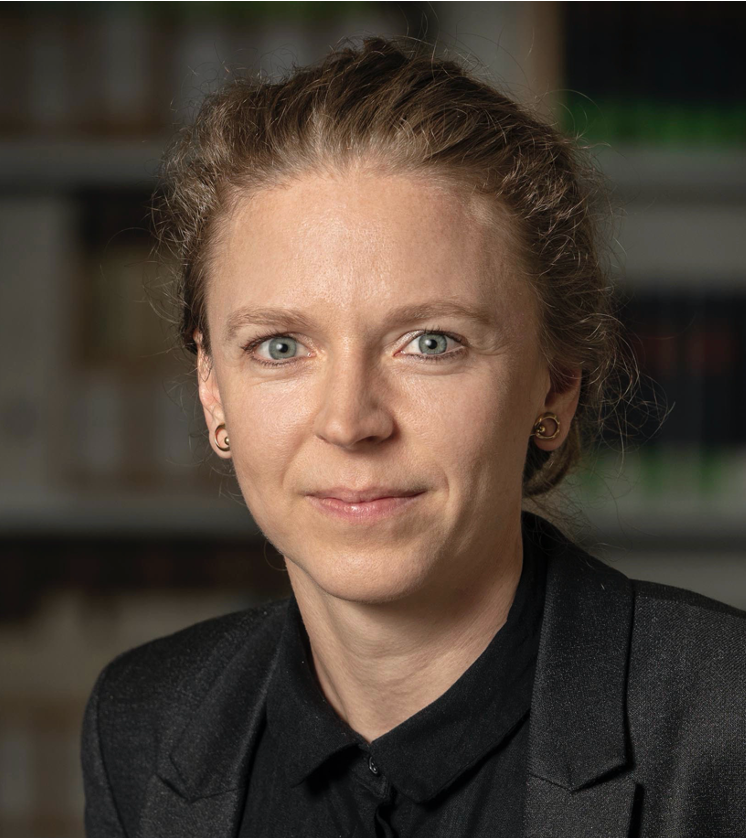New land tenure fences are still cropping up in the Greater Mara
In partnership with researchers from the Faculty of Natural Sciences at Aarhus University, Associate Professor Mette Løvschal from the Faculty of Arts has been studying the consequences of an increase in fencing, which threatens to destroy unique ecosystems in East Africa. The results have just appeared in the prestigious journal Scientific Reports, which is published by Nature.

The number of fences being erected in East Africa is accelerating. What are the consequences for wildlife in the region?
This is the focus of a new research article which has just been published in the prestigious journal Scientific Reports. The principal author is Associate Professor Mette Løvschal from the Department of Archaeology and Heritage Studies.
In partnership with two colleagues from the Department of Biology at Aarhus University (Jens-Christian Svenning and Maria Nørmark), as well as a local researcher in Kenya (Jake Wall), she has studied the spread of fencing in the Greater Mara region, a natural reserve in Kenya which is the scene of huge wildlife migrations every year. This includes the famous Mara-Serengeti migration, during which roughly 1.3 million wildebeests and hundreds of thousands of zebras and gazelles migrate in search of water and fresh grazing.
The animals need to be able to wander freely across the wide-open savanna landscape of the Greater Mara, but the region’s natural ecosystem is under threat because the local smallholders have started to erect fences to protect their land.
Løvschal explains:
“There were very few fences ten years ago, and before that you only saw fences near major towns on the outskirts of the region. But now the fences are starting to prevent the animals migrating, and they are spreading extremely fast across previously unfenced, communal savanna and grazing land,” she says.
Fencing is spreading fact
She and the team of researchers have studied the spread of fencing by using high-resolution satellite images of the Greater Mara region since the 1980s – and by observing the extent of fencing on the ground. This has led to one particular discovery regarding the consequences of fencing in the Greater Mara.
“One of the ways people try to stop the spread of fencing is by establishing so-called ‘conservancies’, which are like nature reserves where fences are forbidden. In many ways, these conservancies have had a very positive effect: there is now 740% more fencing in the formally unprotected regions. However, our study indicates that the amount of fencing is still increasing. 19% of the region as a whole is now fenced in. So contrary to expectations, conservancies can actually lead to an increase in fencing in the entire region,” explains Løvschal.
A global problem
She hopes that these research results can contribute important knowledge about how to secure the future of one of the world’s most unique ecosystems. Fencing is a familiar problem elsewhere in the world, too.
“This study will give the people of Mara a tool to use in their decisions about land use and distribution – and some perspective on the historical background of these fences, which followed in the wake of the decolonisation of Kenya,” says Løvschal.
“The study also provides perspective on the major conflicts arising when common land is fenced in after being transferred to private ownership in the Amazon, Australia and Mongolia, for instance,” she adds.
You will find further information about the team’s research in the article published recently in Scientific Reports, as well as various maps showing the development of fencing in Greater Mara:
https://www.nature.com/articles/s41598-022-15132-7
The research results – more information
Type of study:
GIS-based mapping of satellite images of fences.
External partners:
Maasai Mara Science and Development Initiative.
External funding:
Interacting Minds Centre (IMC), European Research Council (ERC), Villum Foundation.
Link to the article:
https://www.nature.com/articles/s41598-022-15132-7
